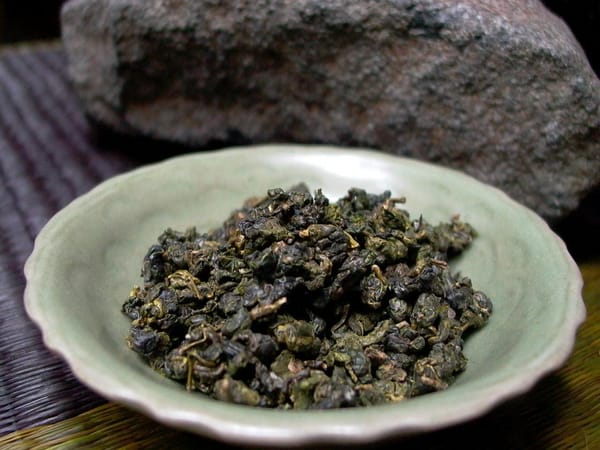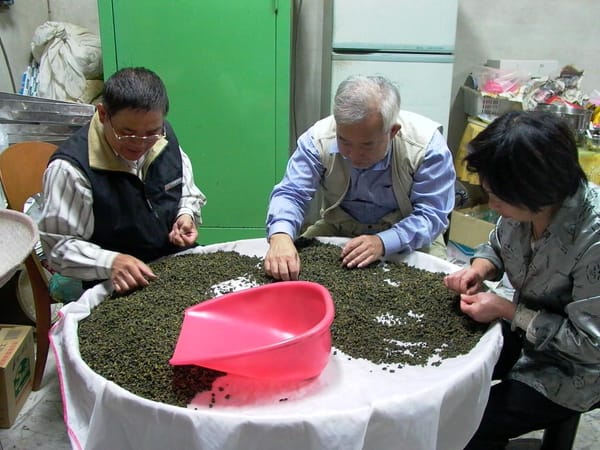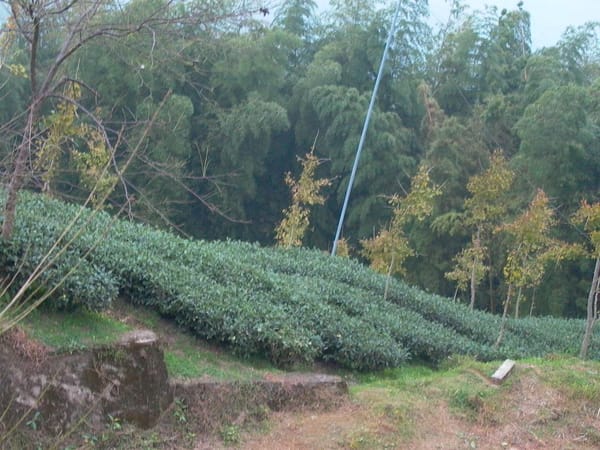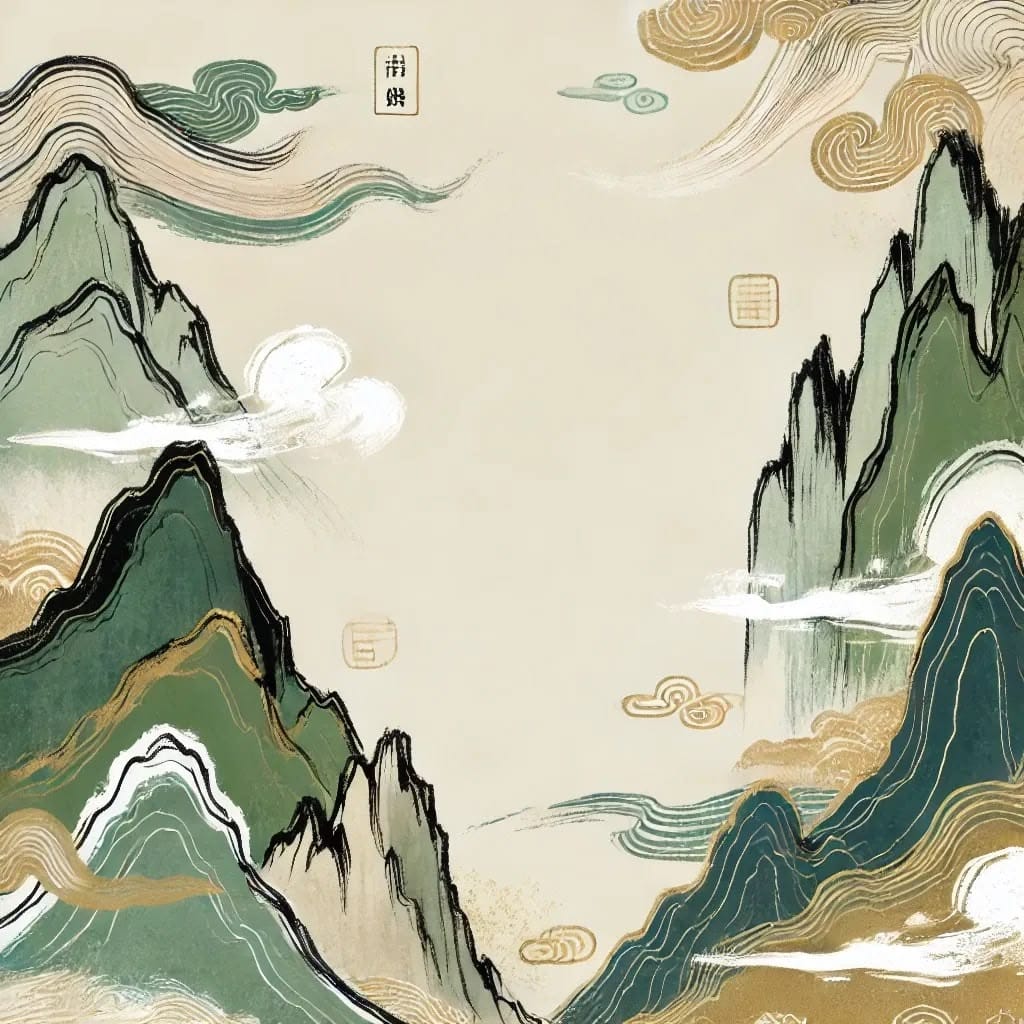When you walk into a tea shop and are faced with a dazzling array of oolong teas, do you ever feel overwhelmed? Dong Ding Oolong, High Mountain Oolong, Tieguanyin, Pouchong... What do these names really mean? Why are they all called oolong, yet differ so much in price and flavor? For tea lovers seeking a deeper understanding of Taiwanese oolong tea, these questions deserve a clear and complete answer.
Taiwanese oolong tea is the epitome of “Formosa tea.” For over a century, it has evolved from a mass-export commodity to a refined symbol of taste and culture. From the traditional craftsmanship of Nantou’s Dong Ding Mountain to tea gardens above 1,000 meters in elevation, each growing region has its own terroir and distinctive tea-making techniques.
This article will guide you through the complete world of Taiwanese oolong: from its historical roots to varietal distinctions, regional characteristics to brewing techniques. Whether you're a beginner or seasoned tea connoisseur, this comprehensive guide will elevate your tea experience.
History and Legacy of Taiwanese Oolong Tea
The story of Taiwanese oolong dates back to the Qing dynasty. According to Lien Heng’s Taiwan Tong Shi (General History of Taiwan), during the Jiaqing era (1796–1820), a man named Ke Zhao returned from Fujian and began planting Wuyi tea seeds in Yuchang. The tea thrived, and with the successful harvest, he began sharing seeds with others—laying the foundation for Taiwan's oolong tea tradition.
Oolong tea gained global recognition largely thanks to its export to Europe and America during the Qing dynasty. It became a premium beverage enjoyed by high society, establishing Taiwan's oolong as a refined, intellectual, and elegant drink on the world stage.
In the 1990s, a major discovery added scientific evidence to this legacy. Wu Zhenduo, then director of Taiwan’s Tea Research and Extension Station, discovered a centuries-old tea garden in Dongfeng, Jian’ou (Fujian), filled with soft-stemmed oolong trees. He confirmed the genetic identity between these and Taiwan’s Qingxin Oolong, proving the cross-strait lineage of tea varieties.
Major Varieties and Their Characteristics
Taiwan’s oolong teas primarily come from three major cultivars, each with unique traits:
Qingxin Oolong: A smaller, spreading tree with densely packed leaves. Leaves are thick, dark green, and glossy, measuring 5–6 cm at their broadest. Ideal for making Pouchong tea. It is Taiwan’s most widely cultivated and important oolong variety.
Qingxin Damao: A medium-sized tree with elliptic leaves and blunt bases. Leaf tips are slightly indented, with sharp serrations and a firm texture. Buds are large and fuzzy with a dark purple hue. Grown mainly in Taoyuan, Hsinchu, and Miaoli, known for a crisp, floral flavor.
Yingzhi Hongxin: A taller, sparsely branched tree with long, lanceolate leaves. Serrations are sharp and uneven. Buds are large, purple-red, and glossy. Mainly grown in Shimen, New Taipei City.
These varieties exhibit different flavor profiles: Qingxin Oolong is elegant and delicate; Qingxin Damao is aromatic and brisk; Yingzhi Hongxin offers fruity and rich notes.
Major Growing Regions and Terroir
Taiwan’s oolong tea-producing regions span from lowlands to high mountains, each with distinct environmental traits:
Nantou County: The heartland of Taiwanese oolong, including Lugu, Mingjian, Zhushan, Shuili, Yuchi, Xinyi, and Ren’ai. Dong Ding Oolong from Lugu is especially renowned. Historical records from 1894 mention tea cultivation on Dong Ding and Phoenix Mountains. A 150-year-old tea tree found in the area is believed to be a descendant of a Wuyi tea tree brought back by scholar Lin Fengchi.
Chiayi County: Home to Alishan, Meishan, Zhuqi, and Fanlu—key mid-to-high elevation tea regions. Alishan tea is known for its floral aroma and sweet finish. The altitude lends a distinctive “mountain qi” that sets it apart.
Yunlin County: Though smaller in scale, regions like Gukeng and Caoling produce high-quality teas. Huashan’s terrain and climate give its oolongs a distinct forested charm.
High Mountain Regions: Since the 1980s, Taiwan has officially entered the high-mountain tea era. Areas above 1,000 meters, such as Heping and Lishan (Taichung), and the East Rift Valley, became synonymous with premium high-altitude oolong, commanding top market status.
Evolution of Tea Processing Techniques
The processing of Taiwanese oolong has undergone significant transformation. Traditionally, Dong Ding Oolong used medium oxidation, producing bold fruitiness and deep flavor. But with the rise of high-mountain tea in the 1980s, light oxidation became mainstream.
This shift highlighted aroma rather than strength, creating a new market standard. The light oxidation technique emphasized floral and fresh notes, especially suitable for high-mountain oolong. This trend even influenced tea production in mainland China, where "Taiwan-style tea" became a new category.
The standard oolong tea process includes: Plucking → Sun Withering → Indoor Withering (resting and shaking) → Kill-green → Fixation → Rolling → Unknotting → Drying → Finishing. Each stage requires precise control of temperature, humidity, and timing. Even small variations affect the final flavor.
Brewing Techniques: Avoiding Common Mistakes
To brew a great cup of oolong tea, avoid these common errors:
Mistake 1: Discarding the First Brew
Many discard the first infusion to “wash the tea,” but this wastes the essential aroma and contradicts logic. If it’s unclean, why use it to rinse the cups?
Mistake 2: Over-scrubbing the Teapot
Scrubbing the teapot with brushes to “season” it is a misconception. True seasoning comes from natural, long-term use—not forced polishing.
Mistake 3: Using Metal Strainers
Oolong tea is made of whole leaves, and doesn’t need a mesh. More importantly, metal affects the flavor and undermines the tea’s purity.
Proper Brewing Tips:
Use a Yixing clay teapot. Add just enough tea to cover the pot’s bottom, allowing the rolled leaves to expand fully. Pour hot water along the teapot’s edge, not directly onto the leaves, to maintain a smooth, continuous flow. Steeping time depends on the tea and must be adjusted with experience.
Dong Ding teas benefit from deeper steeps to bring out fruity depth. High-mountain teas should highlight aroma and mountain qi. For Qingxin Damao and other fragrant types, use high-fired Zhuni teapots to draw out their essence.
How to Judge Quality and Buy Smart
Judging oolong tea quality requires attention to:
Appearance: Good oolong has tightly rolled, glossy leaves with minimal breakage. High-mountain teas have thick, dark green leaves due to favorable growing conditions.
Aroma: Each region has a signature scent. Dong Ding is fruity and rich; high-mountain teas are floral and elegant, with distinctive mountain notes.
Taste: Premium oolong is mellow, sweet, and lingers with a clean aftertaste. Dong Ding teas can be brewed up to eight times with extraction levels around 24%—demonstrating excellent reusability.
When buying, check the origin, harvest season, and processing method. Spring and winter teas are usually better than summer teas. Higher altitude teas are more expensive but offer superior quality.
Understanding Taiwanese Oolong
Taiwanese oolong is a world of rich variety and innovation—from the robust tradition of Dong Ding to the light, fragrant allure of high-mountain tea. Each region and cultivar has a unique character, and mastering the right brewing method brings it to life.
Start with representative teas from key regions: the fruity depth of Dong Ding, the floral sweetness of Alishan, the cool clarity of Lishan. Through comparison and tasting, you’ll discover the profound heritage of Formosa tea and develop your own refined tea philosophy.
Every cup tells a regional story. Every sip is a dialogue with nature.





